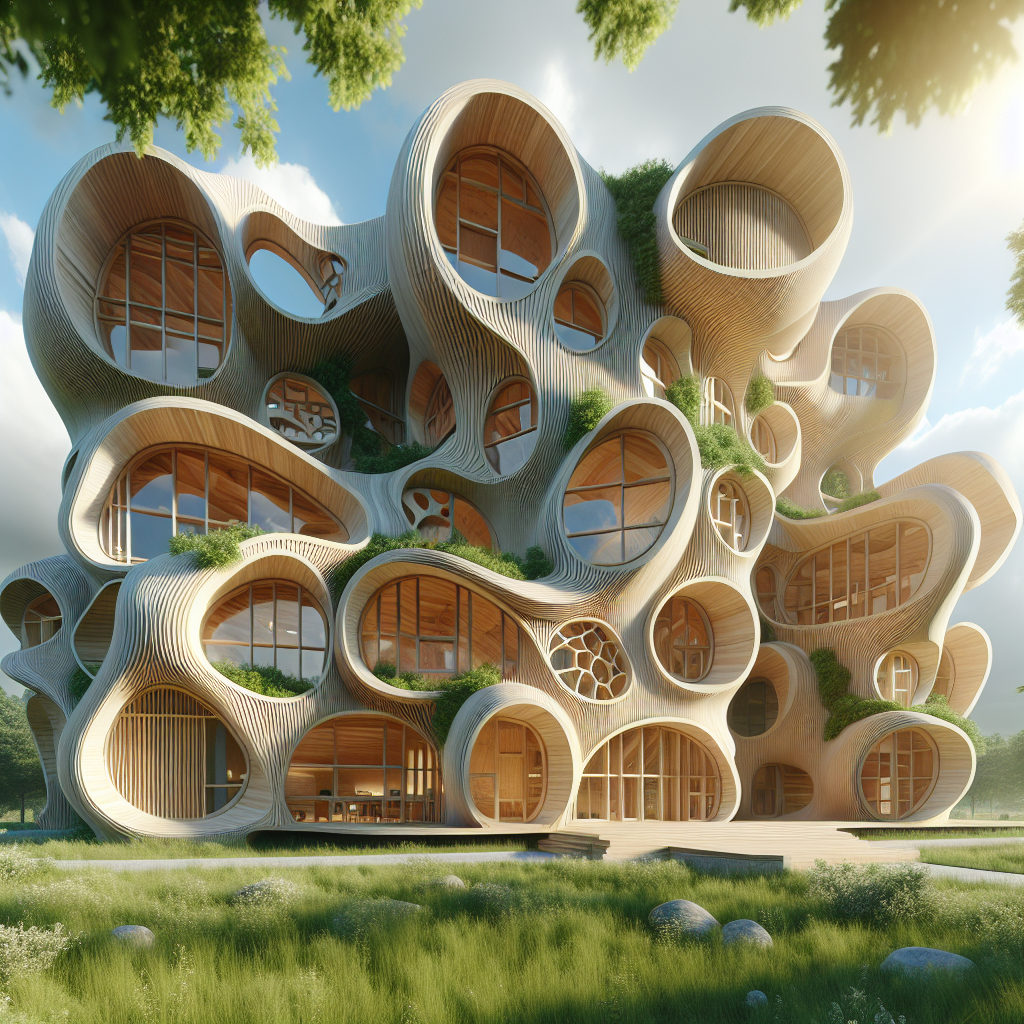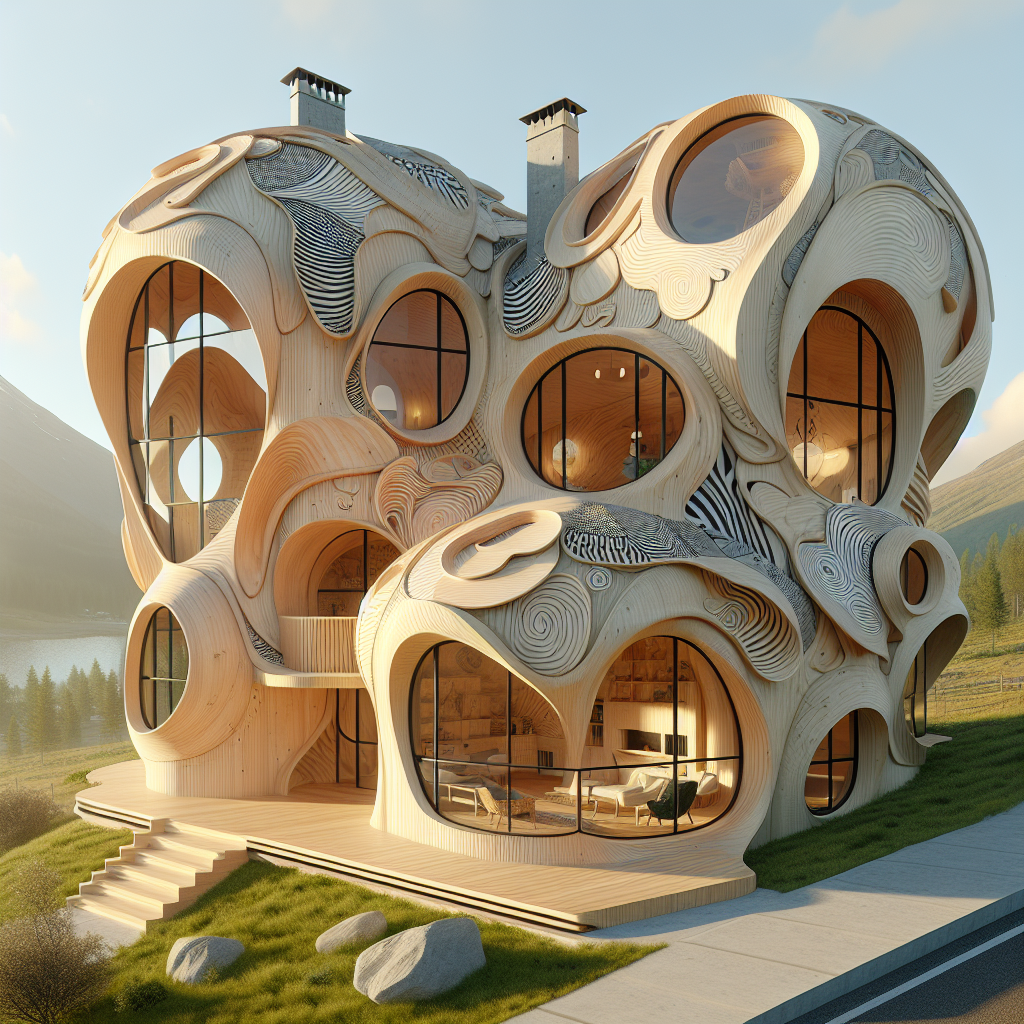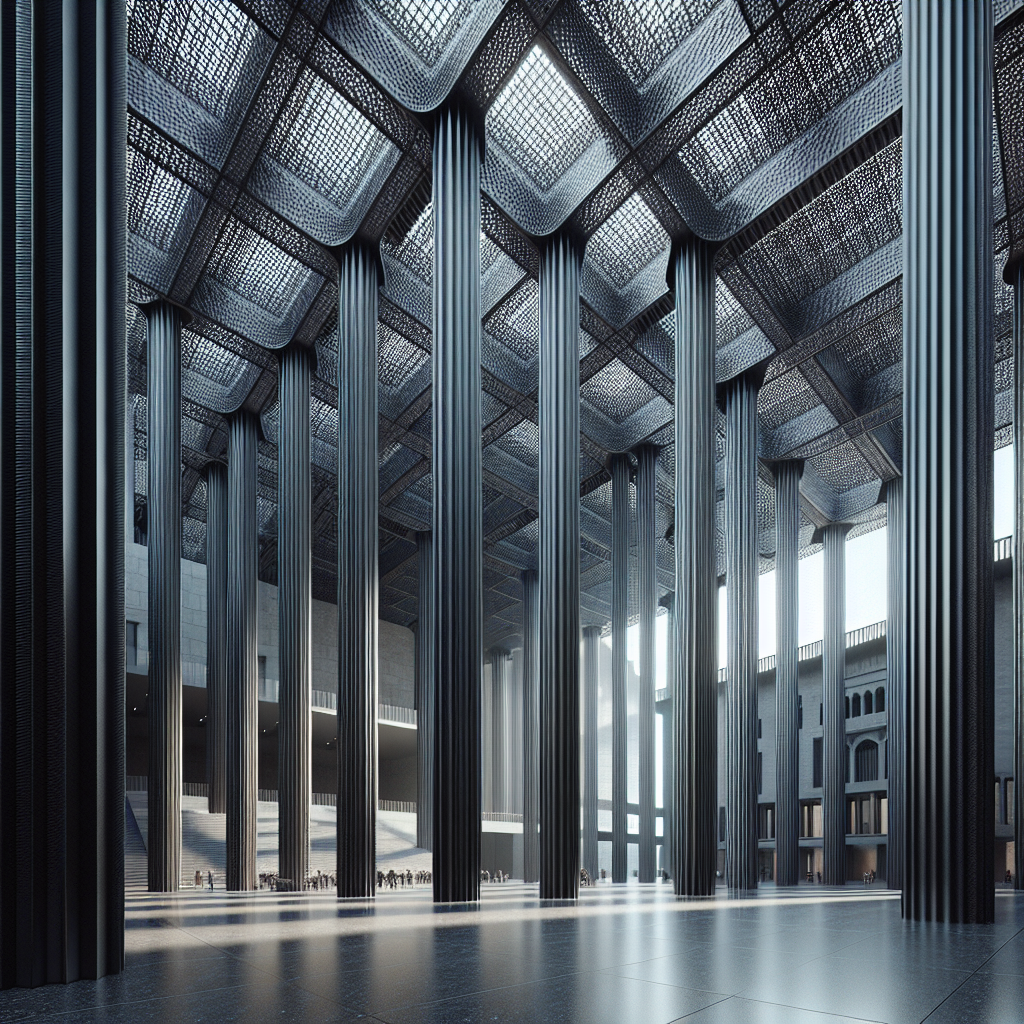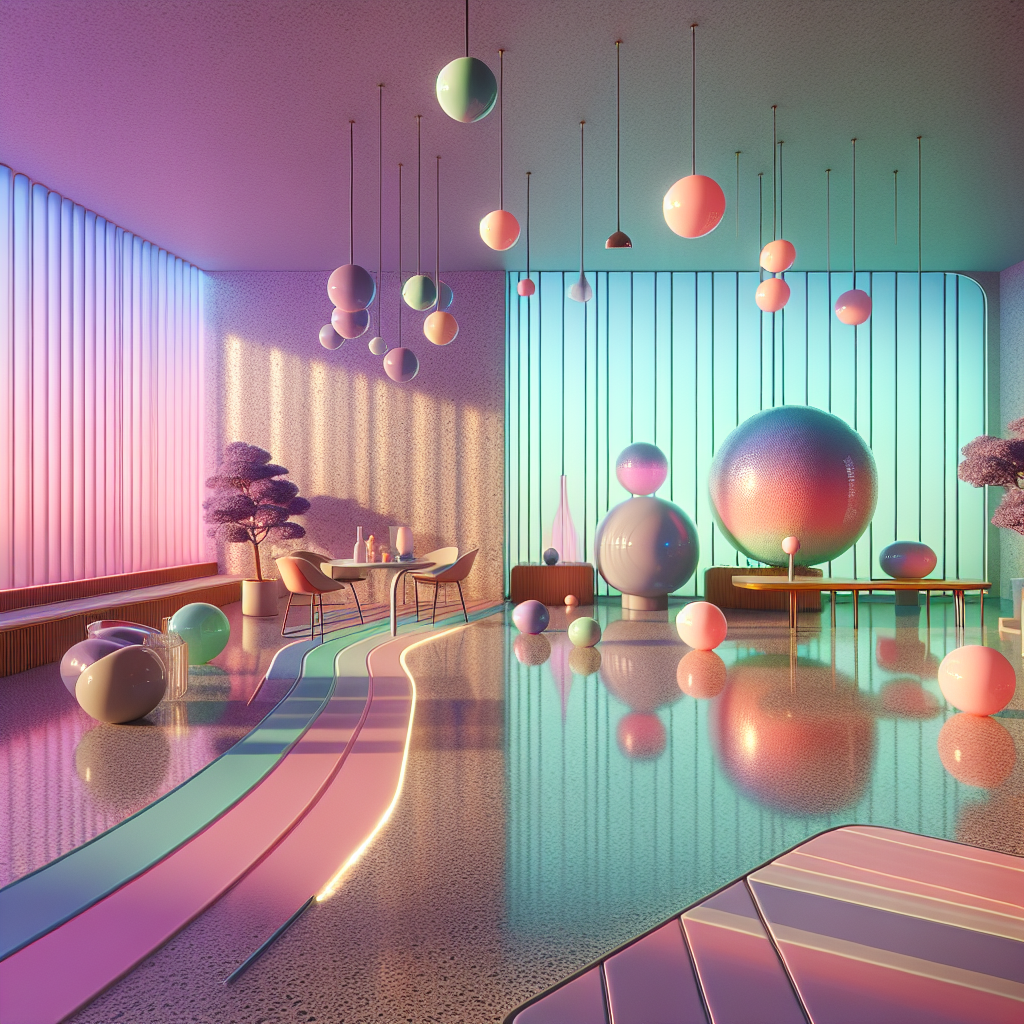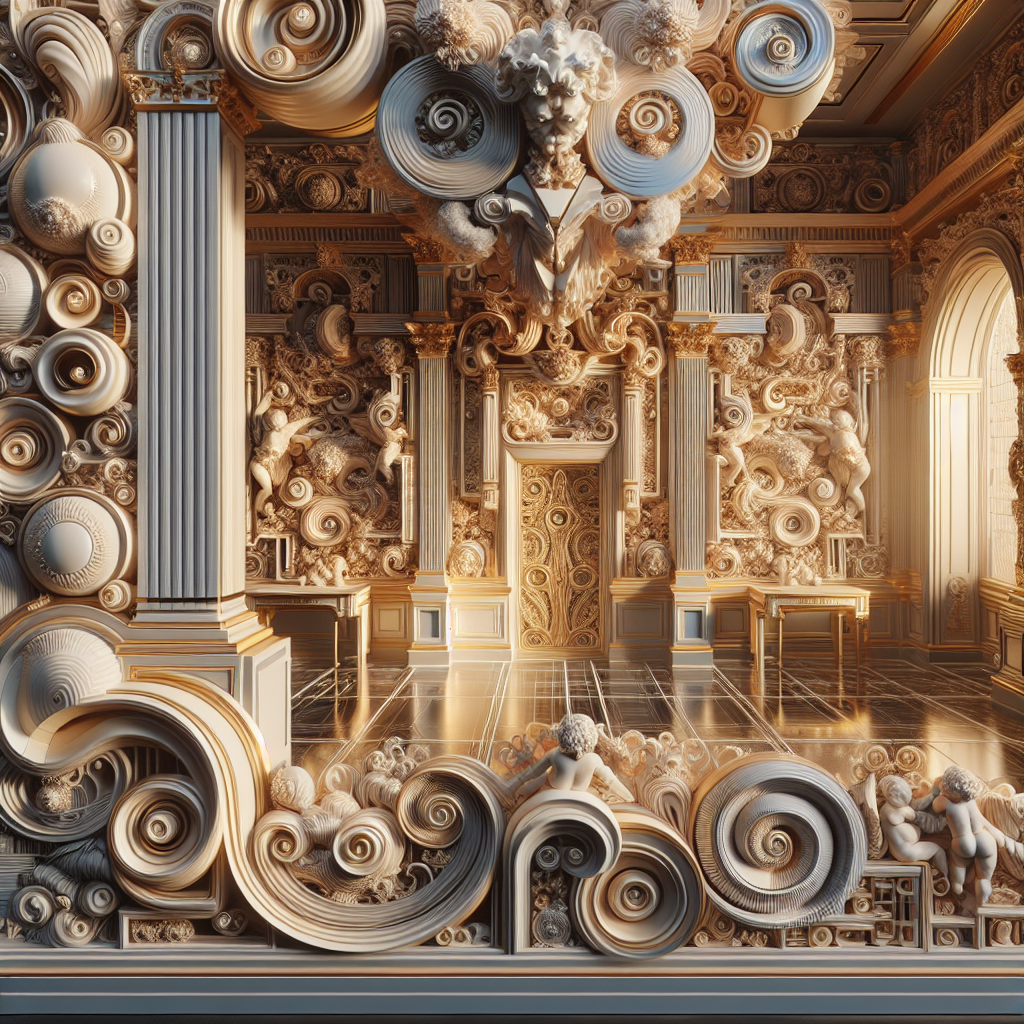Playful silhouettes childlike: doodles guiding real structural forms
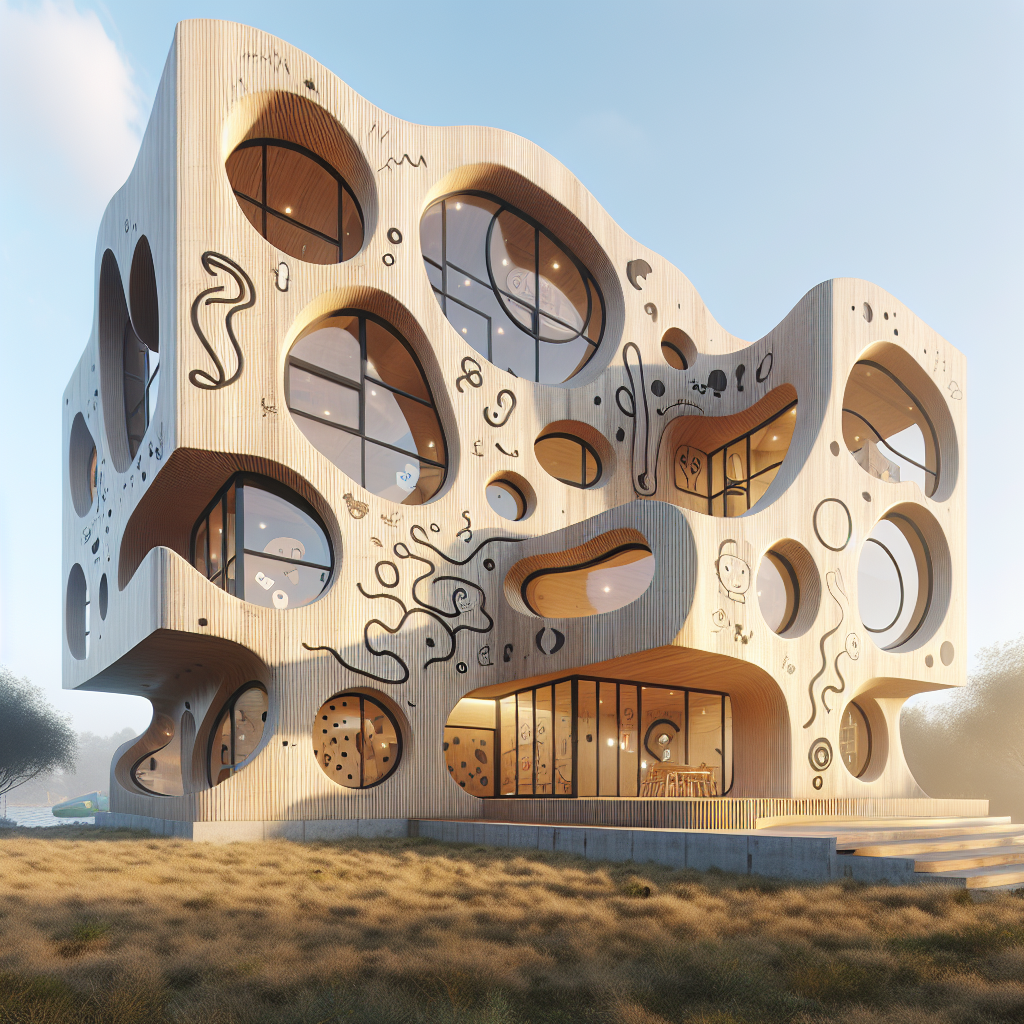
Playful Silhouettes Childlike: Doodles Guiding Real Structural Forms
In an era where architectural creativity knows no bounds, designers are increasingly turning to unexpected sources of inspiration. One particularly intriguing trend capturing the imagination of architects and interior designers alike is the translation of whimsical, childlike doodles into sophisticated structural forms. This playful approach not only infuses buildings and interiors with joy and spontaneity but also challenges traditional perceptions of form and function. By embracing the innocence and freedom inherent in children’s drawings, contemporary architecture is discovering a fresh, human-centric language that resonates deeply with users.
From Scribbles to Structures: The Art of Translating Doodles
The process of transforming simple doodles into tangible architectural forms is a nuanced journey that blends creativity, technology, and engineering prowess. Architects begin by examining the spontaneous lines and shapes found in children’s sketches, which often embody a sense of uninhibited imagination and curiosity. These initial sketches, characterized by their playful silhouettes and irregular contours, become the foundation for innovative designs that defy conventional architectural norms.
Advanced digital fabrication technologies, such as parametric design and 3D printing, have been instrumental in realizing these imaginative concepts. Parametric design, in particular, allows architects to manipulate and refine complex forms derived from doodles, enabling the creation of intricate, organic structures previously unattainable through traditional methods. This marriage of childlike creativity and cutting-edge technology results in spaces that are both visually captivating and structurally sound. For instance, the rise of parametric design has enabled architects to craft buildings that mimic the fluidity and spontaneity of hand-drawn sketches, breathing life into once abstract ideas.
Case Study: The Scribble House by Studio Imaginarium
One remarkable example of doodle-inspired architecture is the acclaimed “Scribble House” by the innovative design firm Studio Imaginarium. Located in the vibrant outskirts of Copenhagen, this residential project began as a series of playful sketches by the client’s young daughter. The architects embraced these spontaneous drawings, interpreting the whimsical lines into a cohesive structural form characterized by undulating walls, asymmetrical windows, and dynamic rooflines.
The Scribble House’s façade, composed of sustainable timber panels, elegantly curves and twists, creating an engaging visual narrative that invites exploration. Inside, the interior spaces echo the playful exterior, with flowing corridors, rounded corners, and unconventional room layouts that evoke a sense of childlike wonder. This innovative approach not only resulted in a visually stunning home but also fostered a deep emotional connection between the inhabitants and their living environment.
Playfulness Meets Sustainability: A Harmonious Union
While playful silhouettes and whimsical forms captivate the imagination, architects are also mindful of sustainability and environmental responsibility. The integration of doodle-inspired designs with eco-friendly practices is evident in projects like the “Cloud Pavilion” in Tokyo’s bustling Shibuya district. Inspired by children’s cloud drawings, this ephemeral structure employs lightweight, biodegradable materials, aligning with the growing trend of biodegradable architecture.
The Cloud Pavilion’s translucent, undulating canopy, reminiscent of a child’s carefree sketch, provides gentle shading and ventilation, creating a serene urban oasis. Its temporary nature underscores the importance of sustainable practices, demonstrating how playful architecture can coexist harmoniously with ecological responsibility. This thoughtful integration of whimsy and sustainability exemplifies the evolving ethos of contemporary design, where creativity and environmental consciousness are seamlessly intertwined.
Psychological Benefits: Designing for Joy and Well-being
Beyond aesthetic appeal, doodle-inspired architecture offers profound psychological benefits, enhancing the emotional well-being of users. Research indicates that playful and imaginative environments can significantly reduce stress, boost creativity, and foster positive social interactions. This aligns closely with the principles of biophilic design, which emphasizes the importance of human connection to nature and organic forms.
The playful silhouettes and irregular forms derived from childlike doodles naturally evoke a sense of curiosity and exploration, encouraging occupants to engage more deeply with their surroundings. In educational settings, such as kindergartens and libraries, doodle-inspired architecture has proven particularly effective in stimulating children’s imagination and fostering a love for learning. By prioritizing joy and emotional resonance, architects are creating spaces that not only delight the senses but also nurture the human spirit.
The Intersection of Art and Architecture: A Cultural Dialogue
The emergence of doodle-inspired architecture also reflects a broader cultural dialogue between art and architectural practice. Historically, movements such as Surrealism and Art Nouveau have explored the intersection of playful imagination and structural form, paving the way for contemporary experimentation. Today, architects continue this tradition by drawing inspiration from spontaneous artistic expressions, transforming them into functional spaces that challenge conventional aesthetics.
This dialogue is exemplified by interactive installations and public art projects that blur the boundaries between sculpture and architecture. For instance, the playful installations at international design events like Salone del Mobile Milan often showcase structures derived from whimsical sketches, inviting visitors to experience architecture as a form of artistic expression. Such initiatives not only enrich the urban landscape but also foster a deeper appreciation for the creative potential inherent in everyday doodles.
Future Perspectives: Embracing Playfulness in Urban Design
As cities continue to evolve, the integration of playful, doodle-inspired forms into urban design holds immense potential for enhancing public spaces and fostering community engagement. Urban planners and architects are increasingly recognizing the value of incorporating whimsical elements into cityscapes, creating environments that resonate emotionally with residents and visitors alike.
Projects such as playful urban furniture, interactive playgrounds, and whimsical public sculptures are becoming integral components of vibrant, inclusive cities. By embracing the spontaneity and joy inherent in childlike doodles, urban design can cultivate a sense of belonging and delight, transforming mundane spaces into memorable experiences. This trend aligns with broader initiatives aimed at designing public spaces for people and the environment, underscoring the transformative power of playful architecture.
A Return to Innocence: Celebrating Childlike Wonder in Architecture
Ultimately, the rise of doodle-inspired architecture represents a refreshing return to innocence and wonder within the design world. By embracing the uninhibited creativity of children’s drawings, architects are crafting spaces that speak directly to the human heart, transcending conventional notions of form and function. This playful approach not only enriches our built environment but also invites us to reconnect with the joy and curiosity that define our earliest experiences of the world.
As we continue to explore the boundless possibilities of architectural expression, let us celebrate the delightful silhouettes and whimsical forms that remind us of the beauty inherent in childlike imagination. In doing so, we create spaces that inspire, uplift, and resonate deeply with the human spirit, fostering a built environment that is as joyful as it is innovative.
